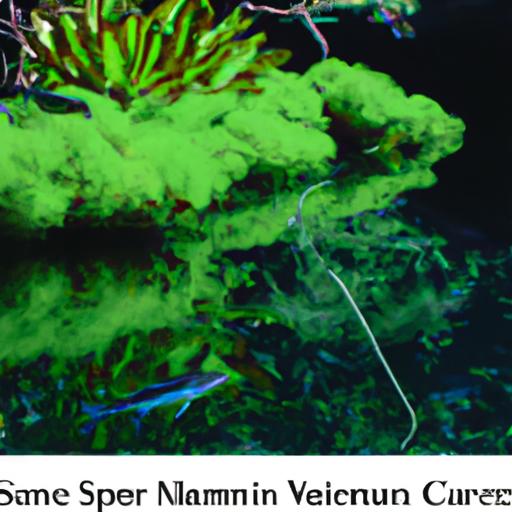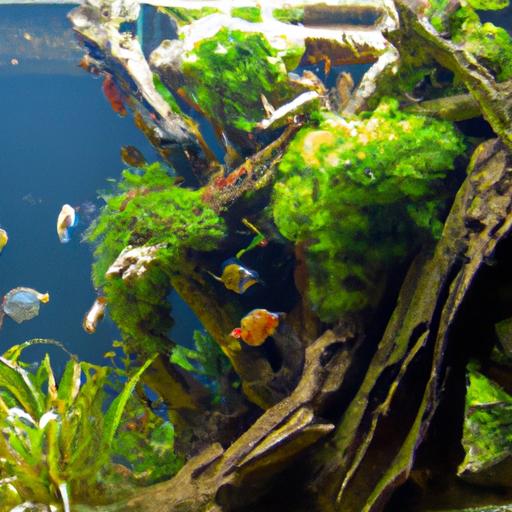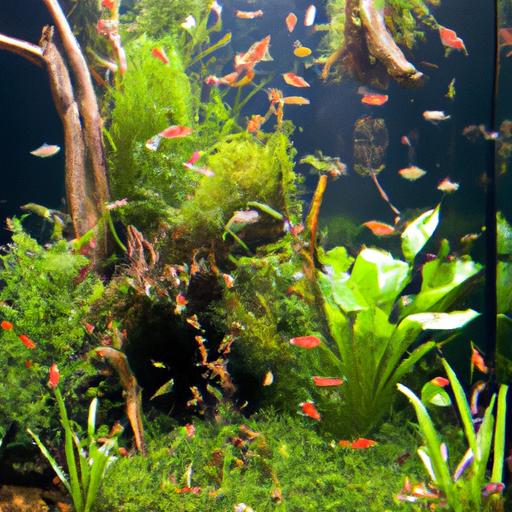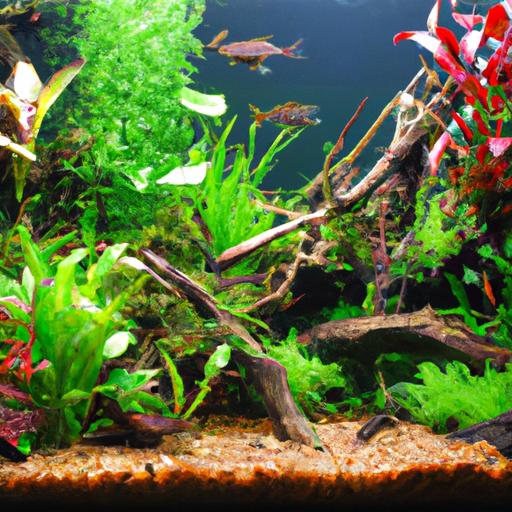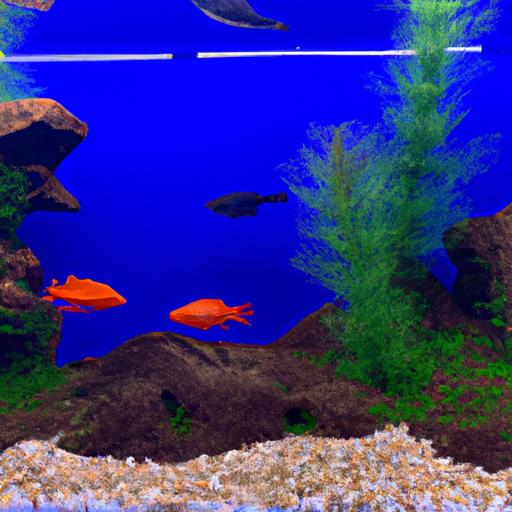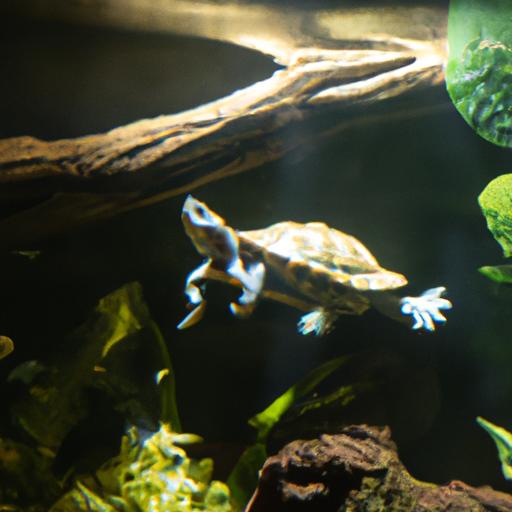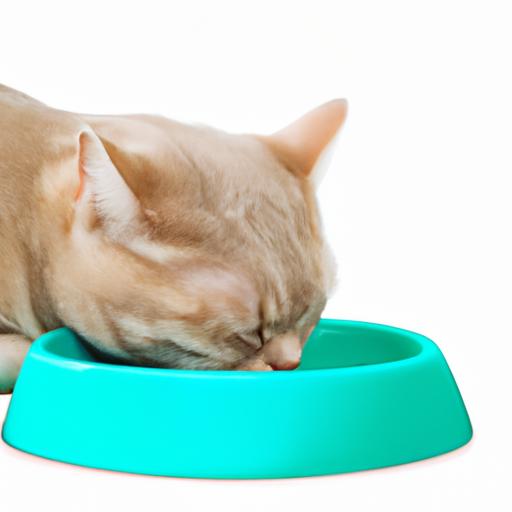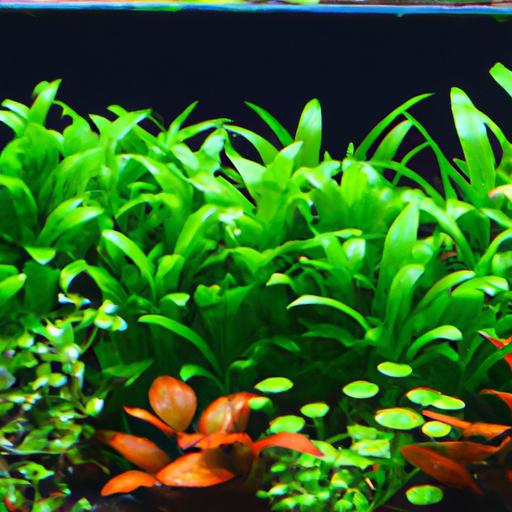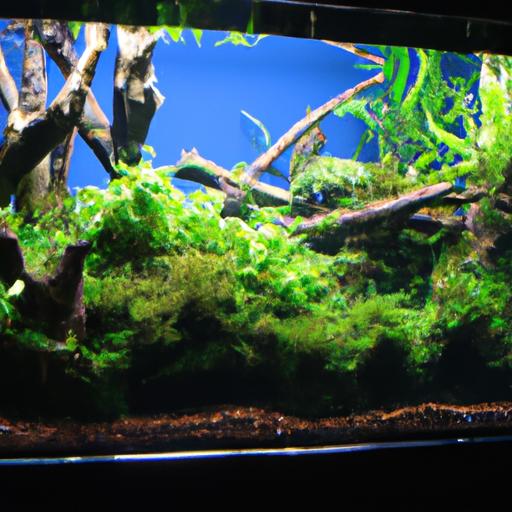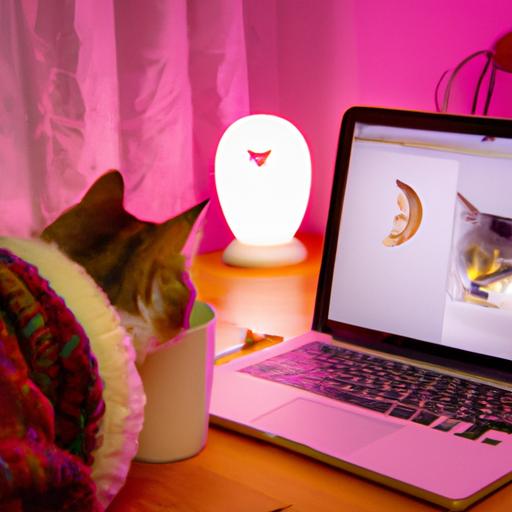Properly Acclimating Freshwater Snails to Your Aquarium
Learn the importance of properly acclimating freshwater snails to your aquarium. Follow our step-by-step guide for a successful transition.
Introduction
Are you a passionate aquarium enthusiast looking to add some freshwater snails to your underwater ecosystem? Acclimating these delicate creatures to their new environment is crucial for their well-being and success in your aquarium. In this guide, we will walk you through the process of properly acclimating freshwater snails to ensure a smooth transition and thriving aquatic life. So, let’s dive in!
The Acclimation Process
Acclimating freshwater snails requires a careful and gradual adjustment to the water conditions in your aquarium. Let’s explore the step-by-step process to ensure the best possible outcome for your snails.
Preparing the Snails for Acclimation
Before beginning the acclimation process, it is essential to inspect the snails for any signs of illness or stress. Look for healthy shells, active movement, and vibrant colors. If you have recently acquired the snails from another source, it’s advisable to quarantine them for a short period to minimize the risk of introducing any potential diseases or parasites into your established aquarium.
Acclimating the Snails to Water Conditions
-
Floating the Snail Bag in the Aquarium: Start by placing the snail bag, with the snails inside, into your aquarium. Allow the bag to float on the water’s surface for approximately 15-20 minutes. This step helps the snails adjust to the temperature of the aquarium water gradually.
-
Gradually Adding Aquarium Water to the Bag: After the initial floating period, open the bag and add small amounts of aquarium water at regular intervals. This step helps the snails acclimate to the water chemistry and avoids sudden changes in pH or temperature that may shock them.
-
Testing and Adjusting Water Parameters: During the acclimation process, it’s crucial to monitor the water parameters in the bag. Use a reliable water test kit to check the pH, ammonia, nitrite, and nitrate levels. If necessary, make minor adjustments to match the parameters of your aquarium water. Remember, stability is key!
Transferring the Snails to the Aquarium
Once the acclimation process is complete, it’s time to transfer the snails from the bag to their new aquarium home. Follow these steps to ensure a smooth transition:
-
Using a Net or Similar Tool: Carefully scoop the snails out of the bag using a net or a clean cup. Avoid using your hands directly to prevent any potential harm to the snails.
-
Avoiding Sudden Temperature or pH Shocks: When transferring the snails, ensure that the temperature and pH of the water in the net or cup closely match that of the aquarium. Gradually release the snails into the aquarium, allowing them to adjust to their new surroundings.
-
Allowing the Snails to Adjust in a Designated Area: Create a designated area in your aquarium where the snails can settle in and gradually explore their surroundings. Provide hiding spots or plants to make them feel secure. Give them time to acclimate fully before introducing other tank inhabitants.
Frequently Asked Questions (FAQ)
How long does the acclimation process take?
The duration of the acclimation process can vary depending on various factors, including the sensitivity of the snail species and the differences in water parameters between the bag and the aquarium. Generally, it’s recommended to allocate at least 30-60 minutes for the acclimation process to ensure a smooth transition.
Can I acclimate multiple snails at once?
Yes, you can acclimate multiple snails simultaneously. However, it’s important to ensure that the bag or container used for acclimation is spacious enough to accommodate all the snails comfortably. Additionally, closely monitor the water parameters to ensure they remain stable throughout the process.
What if the snails are not active after acclimation?
It’s normal for snails to exhibit some degree of sluggishness or inactivity immediately after acclimation. They may take some time to adjust to their new environment. However, if the inactivity persists for an extended period or if you notice any signs of distress or illness, it’s advisable to consult with a knowledgeable aquarium hobbyist or a veterinarian specializing in aquatic life.
Do I need to acclimate snails purchased from a local pet store?
Yes, it is crucial to acclimate snails purchased from a local pet store. The water conditions in the store’s tanks may differ from those in your aquarium, and a sudden change in parameters could be stressful for the snails. Following the acclimation process outlined in this guide will help ensure a smooth transition and reduce the risk of stress-related complications.
Can I skip the acclimation process for hardy snail species?
While some snail species are known to be hardier and more adaptable to changing water conditions, it is still recommended to acclimate them to your aquarium. Even hardy snails can benefit from a gradual adjustment to their new environment, minimizing stress and increasing their chances of thriving in the long run.
Conclusion
Properly acclimating freshwater snails to your aquarium is a vital step in ensuring their well-being and success. By following the step-by-step process outlined in this guide, you can provide a smooth transition for your snails, reducing stress and helping them adapt to their new home. Remember, patience and attention to detail are key when it comes to the acclimation process. So take the time to properly acclimate your snails, and you’ll be rewarded with healthy and happy aquatic companions in your beautiful underwater world.

